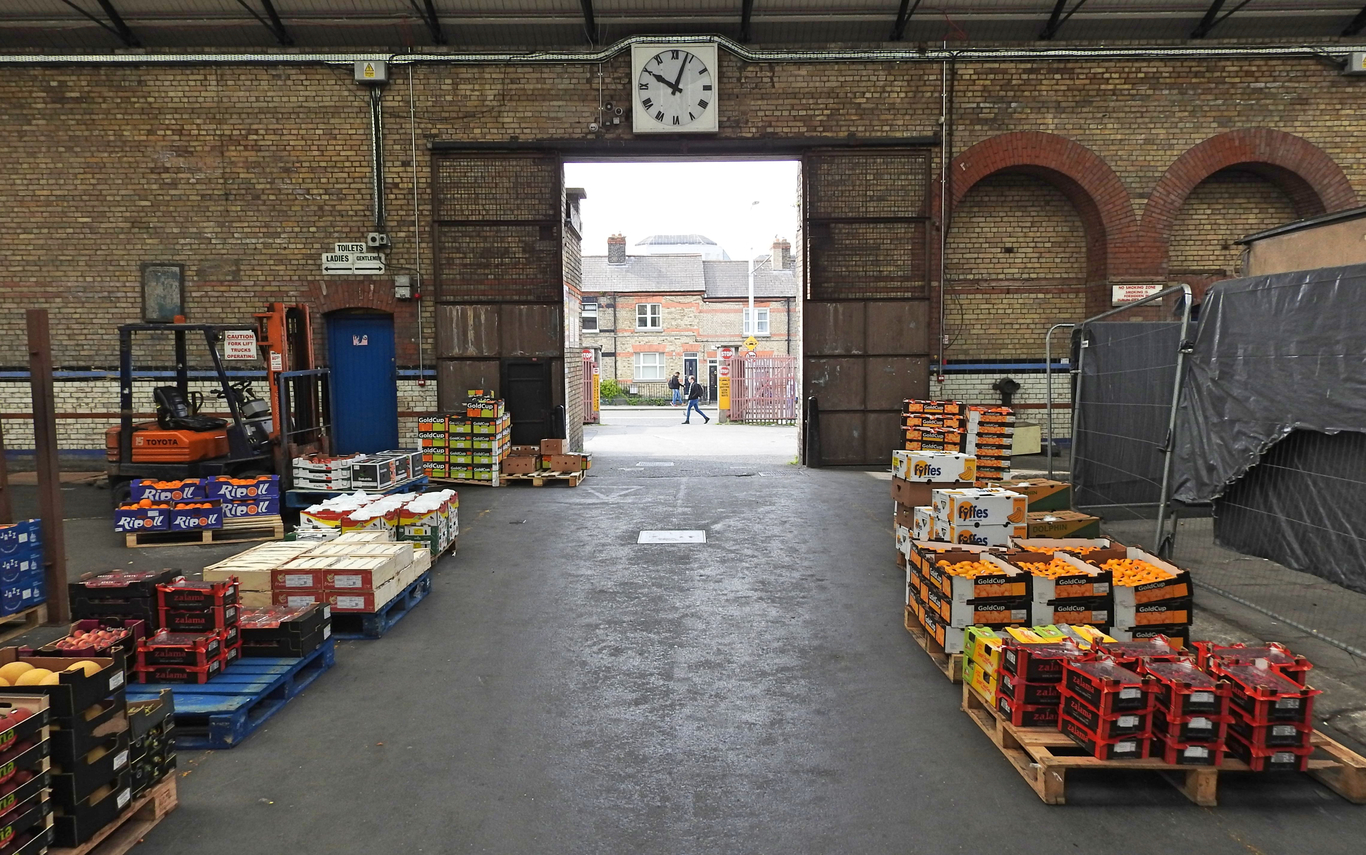Don't mention the B-word, but SMEs have a dilemma: Buy, lease or outsource warehouses?
With a decision in Britain looming, Ireland’s industrial property market is feeling its effect.
AFTER A QUICK Google search, you would be forgiven for assuming that the Irish and Dublin industrial property market is booming.
There is an insatiable appetite for industrial investments, particularly from institutional investors, but this is only for absolute grade A shiny nailed on investments with 10-plus-year income to a top-class covenant. This is your pension money looking for a home.
In other smaller industrial investments on offer, there is good demand from private investors preferring to purchase industrial, rather than retail or residential investments, as it is more straightforward and easier to manage.
The occupier market, however, is a different story. Of vacant industrial space that is on the market, either for sale or let, has seen record take up at times over the past five years.
However, there has been a significant reduction in the third quarter, which is mainly related to lack of supply and uncertainty.
Major change
Within this market, we see a fundamental change in warehouse space and where the demand is coming from.
The owner-occupier market is very active up to the €1 million price bracket, where companies that have some cash can easily purchase premises with bank funding to allow their business to grow, open new branches and take on new contracts.
It is all the more active due to the large increase in rents during this time and the fact that many five-year leases that were taken in 2014 are coming up for renewal or rent review.
A lot of tenants find themselves in the position where their rent is doubling from 2014 rates to 2019 market rent. If they do their sums, their repayments on a mortgage could be less per month.
This is where we see the trend of lease renewals and rent review negotiations turning into sales, despite the recent government increase in stamp duty from 6% to 7.5% on commercial property transactions.
Subdued demand
The mid-range bracket, of 1,500 to 2,500 square meters, has been surprisingly subdued, particularly when it comes to purchases, over the past few years.
We believe this is due to the potential purchasers being cautious in borrowing money and preferring to lease. The larger the industrial building, the easier it has been to let.
This is borne out by the new units that have been constructed and occupied since 2016. The majority of these deals have been to lease and the average size has been 5,000 square meters.
Many small- to medium-sized companies are faced with a decision to make. Do they borrow a considerable amount of money to invest in new premises to purchase, take on a long-term commitment to lease, or outsource warehousing and distribution to a third party and stay put?
This decision is what has fuelled the larger size demand in the market from third-party logistics providers. It looks like this is a fundamental shift.
When businesses make a decision not to grow by investing in new buildings, the demand for larger industrial premises comes from the logistics providers such as DHL, Primeline and Kuehne & Nagel.
From the developers’ and builders’ point of view, the rising cost of construction and increased energy ratings requirements and certification of the building materials makes building industrial units below 1,000 square meters expensive and the prices or rents required are not available in the market.
The economies of scale can only be generated by building larger buildings.
Events across the Irish sea
So far, we have managed not to mention the B-word, as we all hope that the thought of it is worse than the actuality.
Regardless, goods still have to come in and out of the country and the main shipping lines are already using more direct sailings from the continent. This was already a trend and the current situation will only bring this on more.
Dublin Port is implementing a master plan for both the existing port area and the development of Dublin Inland Port.
The re-allocation of space and more efficient use of the lands will see some non-core port uses move outside the traditional port area. This is already a global trend seen in other European countries, China and the US.
This provides an excellent opportunity for investors and developers adjacent to the inland port.
The new agreement between the UK and EU will see the UK leaving the EU customs union. There will be a legal, but not hard, customs border between Northern Ireland and the Republic of Ireland.
In practice, the customs border will be between Britain and the island of Ireland, with goods being checked at “points of entry” in Northern Ireland. Tax will get paid on these goods and they can then be transported into the Republic of if they stay in Northern Ireland there may be a tax rebate.
There will still be freedom of movement of individuals and personal goods. It is the tax on shipping goods into the Republic from the UK and back to the UK that could make many products produced here in the Republic uncompetitive in the UK market.
That is the single biggest issue facing the manufacturing and food industries in Ireland, making it almost a requirement for manufacturers in the Republic that need to source their materials in the EU to ship straight to the Republic.
This could lead to a considerable increase of goods going through Rosslare Port. One way or another, demand will continue for larger warehouse space and with increasing emphasis on space close to the main ports of Dublin, Cork and Rosslare.
Cathal Daughton is the director of the industrial agency at Lisney.
Get our Daily Briefing with the morning’s most important headlines for innovative Irish businesses.






